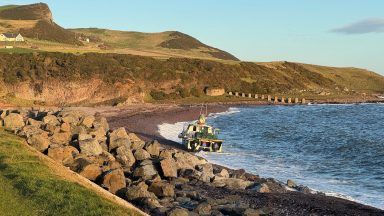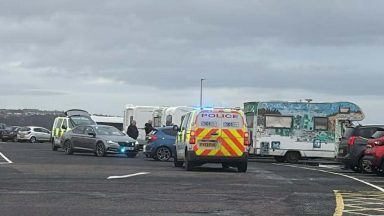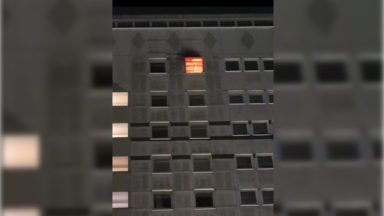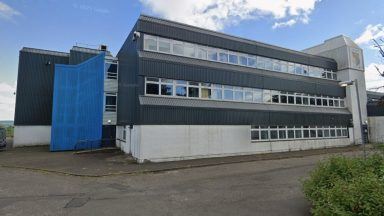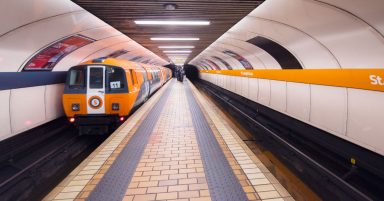Plans for a new village to be built on the site of the former Inverkip power station have been approved despite fierce opposition from councillors and residents.
More than 200 objections were submitted opposing the Scottish Power proposal for 650 new homes on the cleared site, which will be named Brueacre Village.
But in a close-run vote at a planning board meeting, the blueprint was pushed through by convener David Wilson.
The Conservative elected member had the casting vote after councillors were split down the middle on whether to approve the application or go for a site visit.
Councillor Wilson said: “I think I’ve been sitting in this chair for about 15 years now and this is probably the most exciting application that’s come in front of me in all that time.
“I think it’s really quite imaginative what has been done with a very old and really very worn-out industrial site.”
Officials said the proposal was in line with the local development plan and recommended it for approval subject to 52 conditions.
As well as the new homes, the plans also include a village centre with retail, community facilities and open spaces, including a public park and a network of foot and cycle paths.
Upgrades to the A78 corridor would be required and proposals include the development of a new roundabout which would become the main access point to the site, plus an upgraded junction at Inverkip North/Kip Marina.
Several councillors voiced concerns about the impact the mammoth development could have on the busy road.
Independent elected member Tommy McVey said he was “unconvinced” by assurances from officers that the road infrastructure will be able to cope with extra traffic.
He said: “We have 650 houses with 233 objections. I read all of them and about eight per cent of them have raised concerns about the A78.
“Within the report, I can see [commentary on] economic development, but I do not see the issues of the road being addressed and that is a concern for me.
“I’m not convinced and I would be looking for more detail.”
The A78 is the responsibility of Transport Scotland which has not objected to the development in terms of its impact on the road network.
A condition has been laid out that no homes should be occupied until a “travel information pack” which encourages reduced dependency on cars and highlights public transport services and active travel routes has been submitted and approved by the planning authority.
Councillor Jim Clocherty, who moved approval of the application, added: “This is an application we’ve known about for years and it is for the betterment of the whole of Inverclyde.”
The plans for the site, which extends to more than 100 acres, were developed in consultation with local people and communities and consultation events were held at Wemyss Bay Community Centre to show the public the plans for the ‘coastal village’.
The development will include a variety of house types ranging from two to five-bedroom properties which will be a mixture of detached and semi-detached.
Despite the fact planning permission in principle has now been given, further applications will be needed setting out the full details of the development.
Scottish Power now plans to sell the site to housebuilders to take the blueprint forward.
The power station ceased operation in the mid-1980s and demolition of the chimney – which was the tallest free-standing structure in Scotland – took place eight years ago.
Written by Steph Brawn, Local Democracy Reporter
Follow STV News on WhatsApp
Scan the QR code on your mobile device for all the latest news from around the country


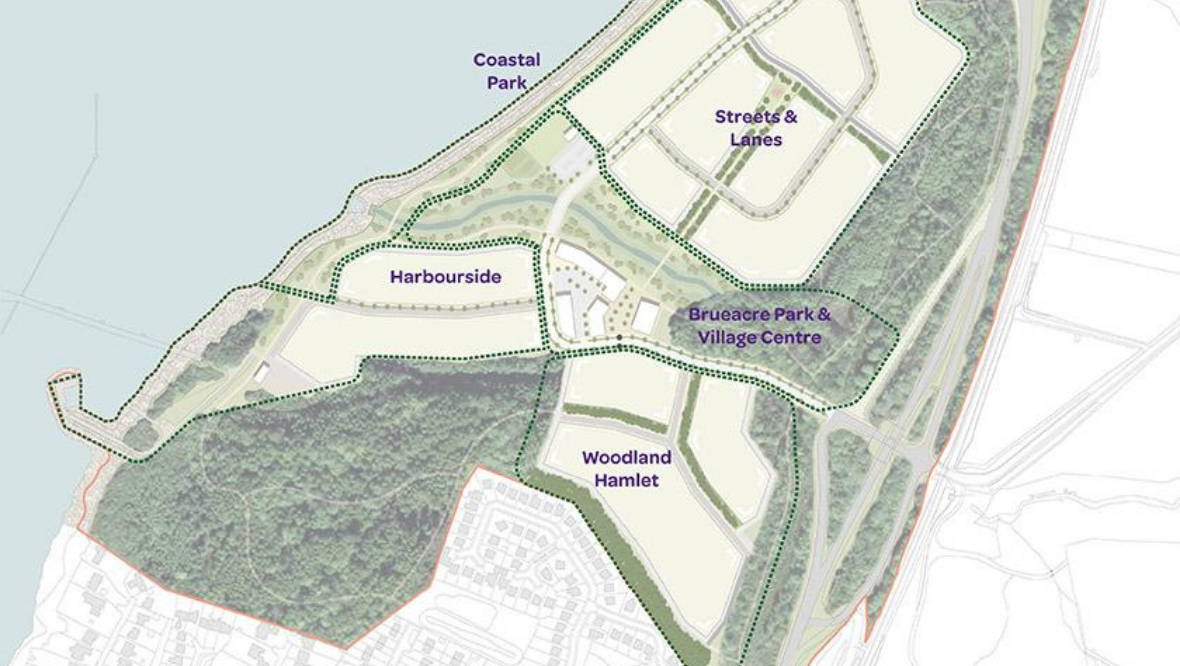 Scottish Power
Scottish Power

